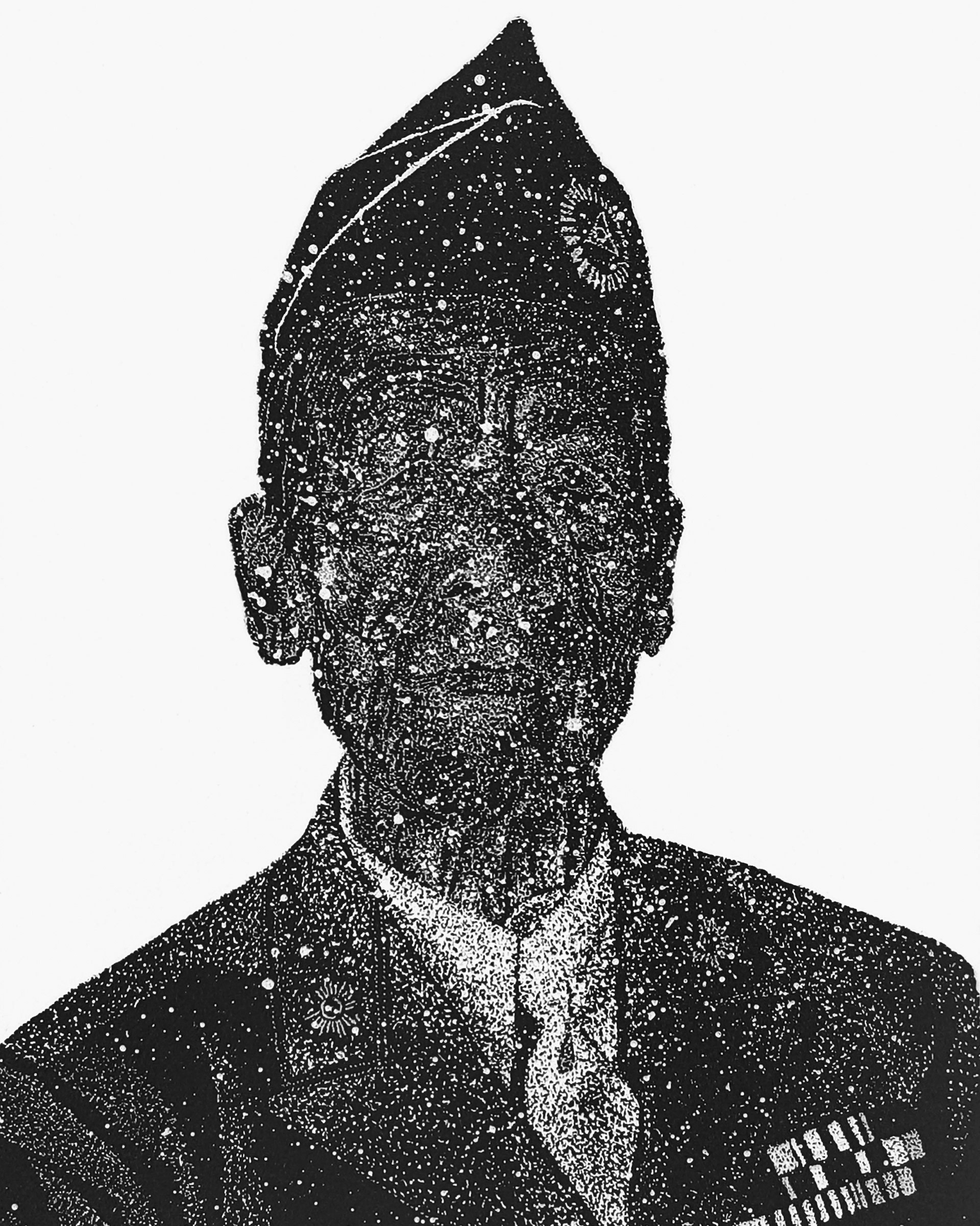
Type I
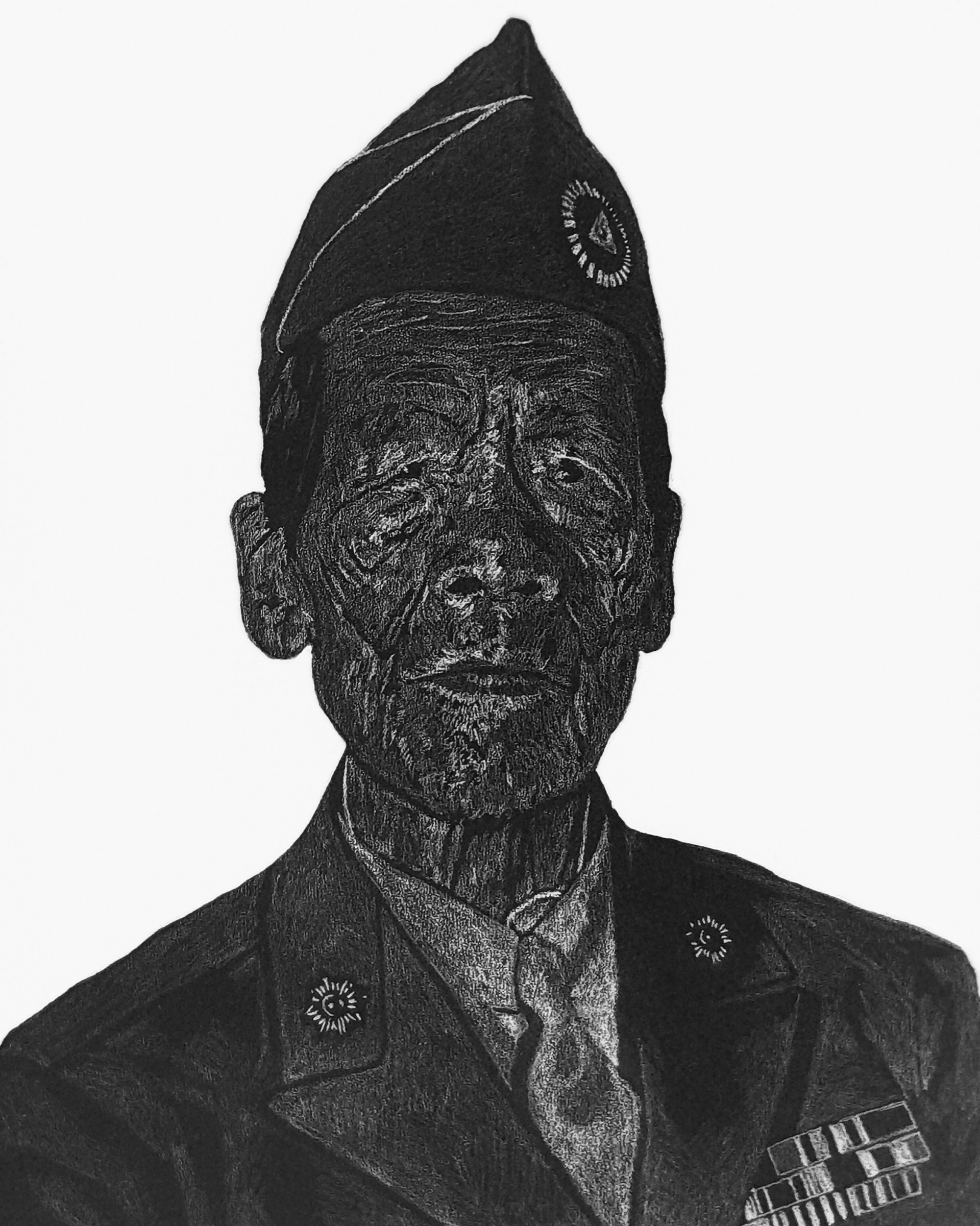
Type II
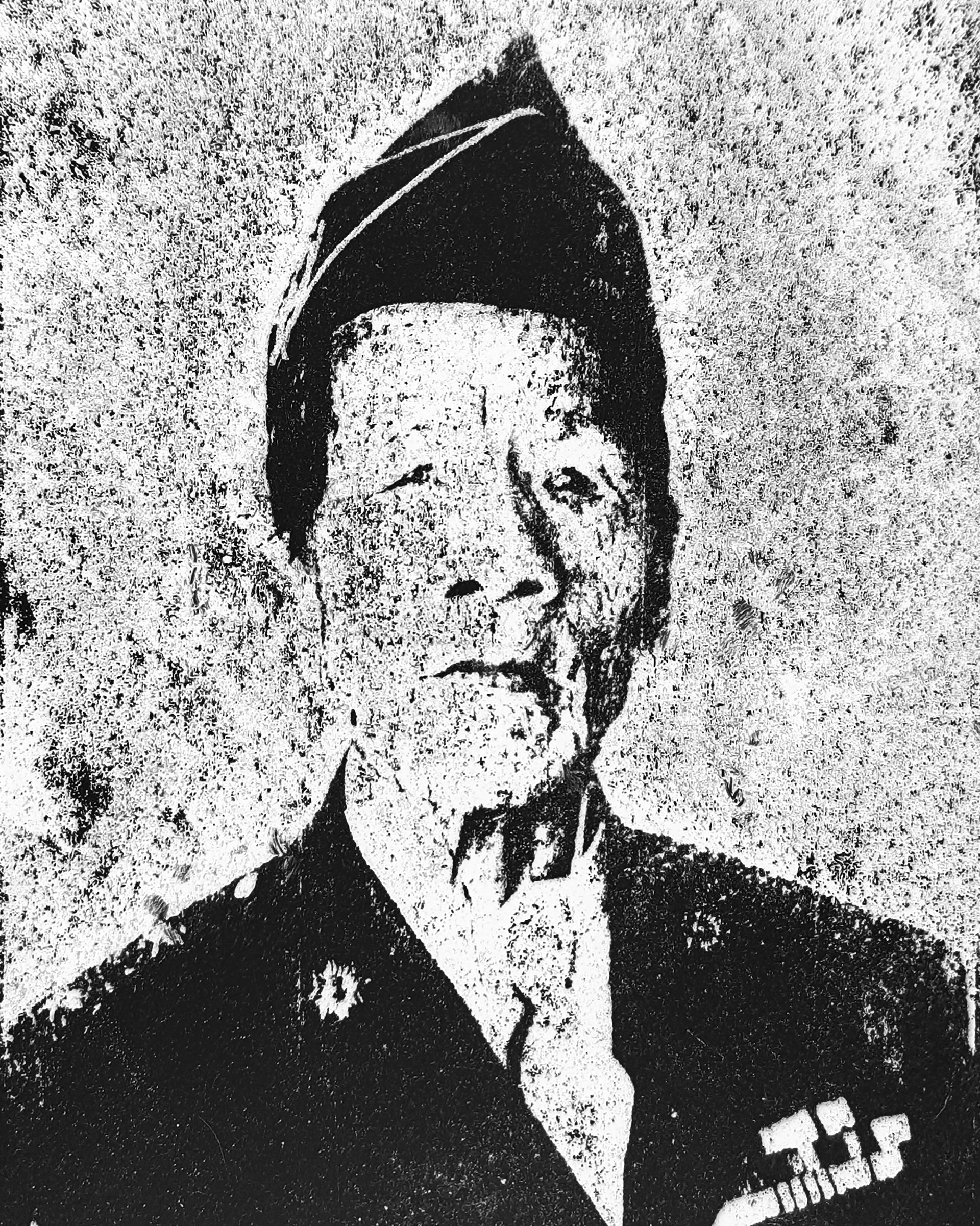
Type III
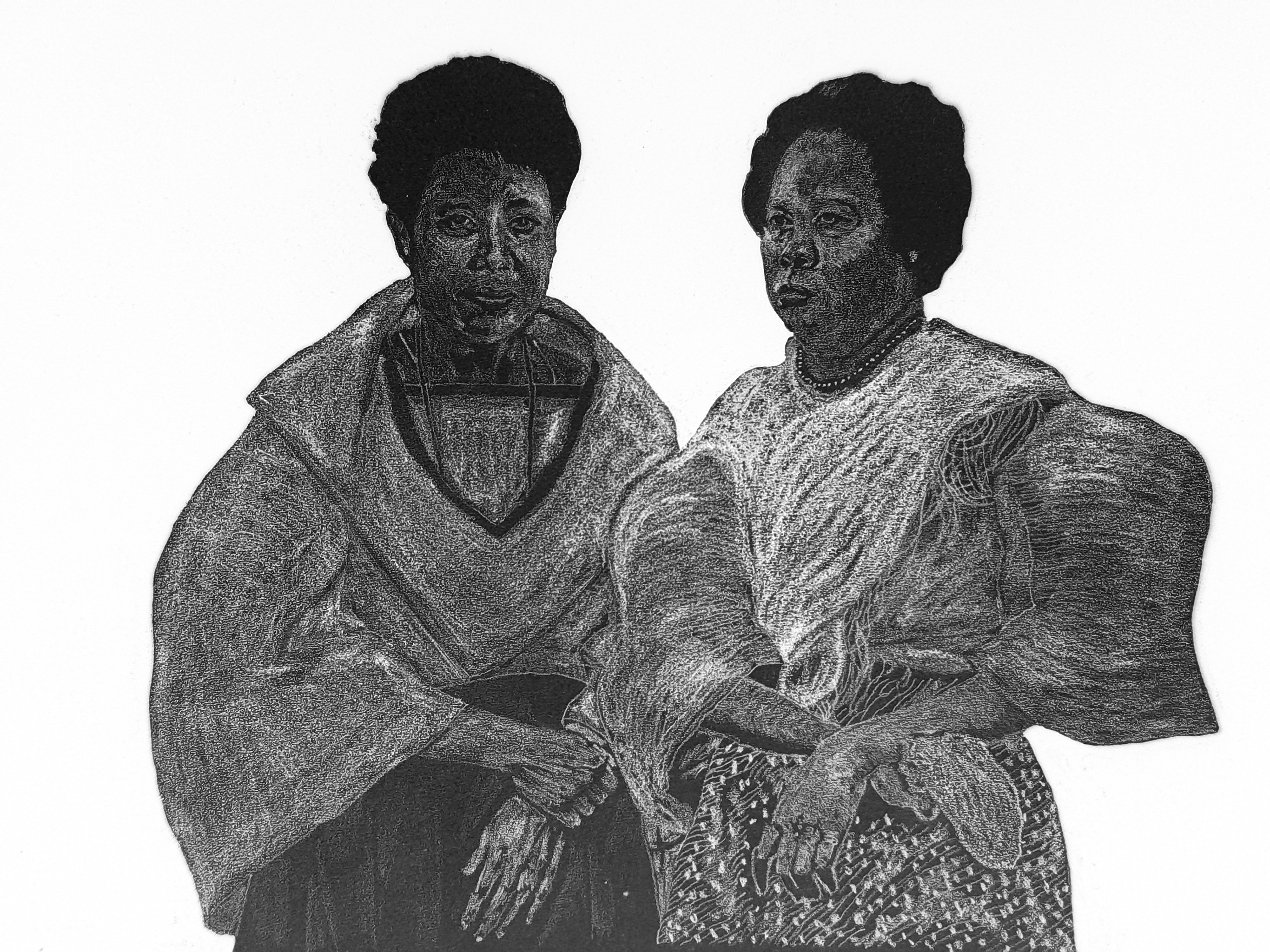
Anti-Hero (2019)
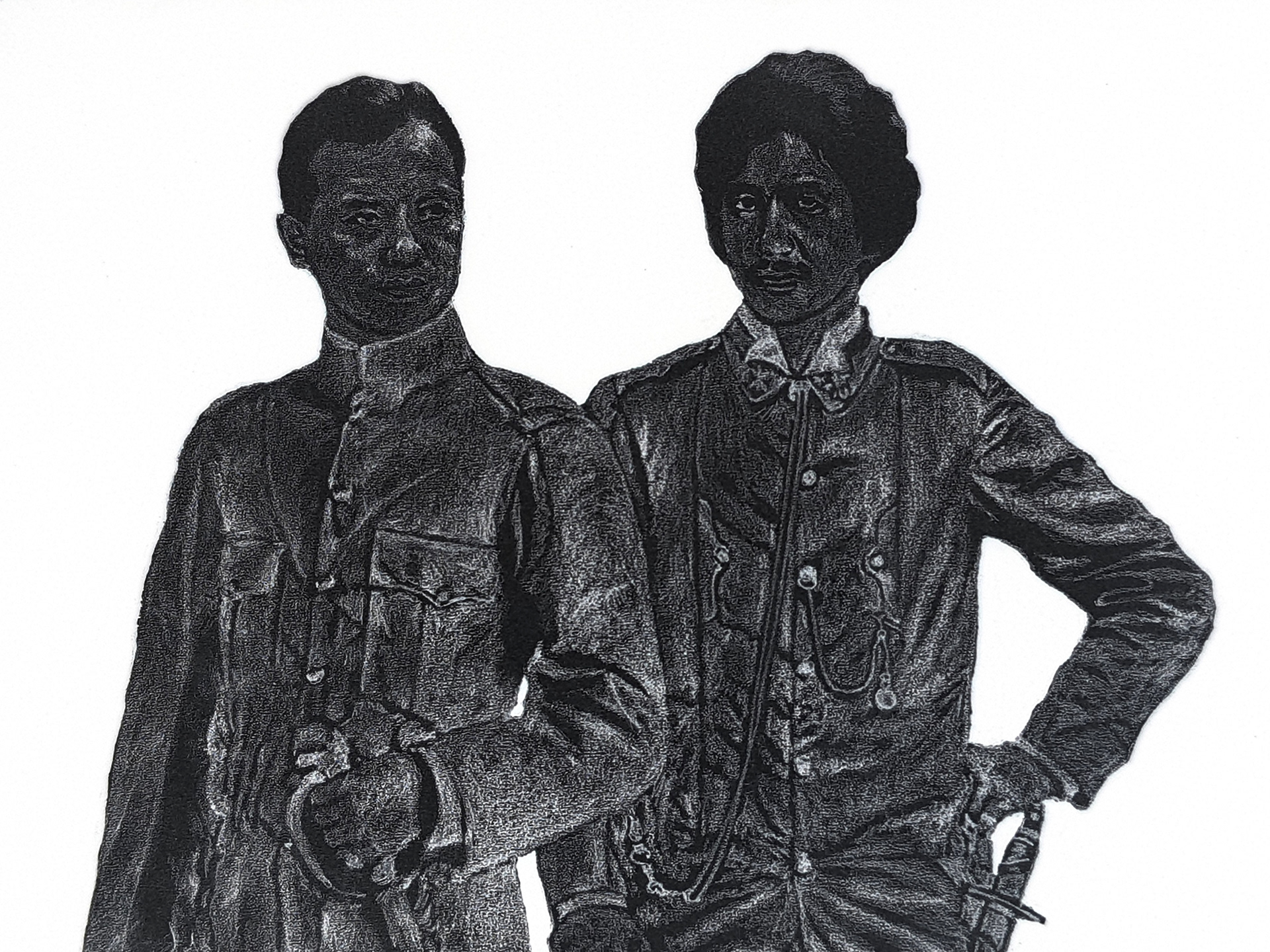
Insurrectos (2019)

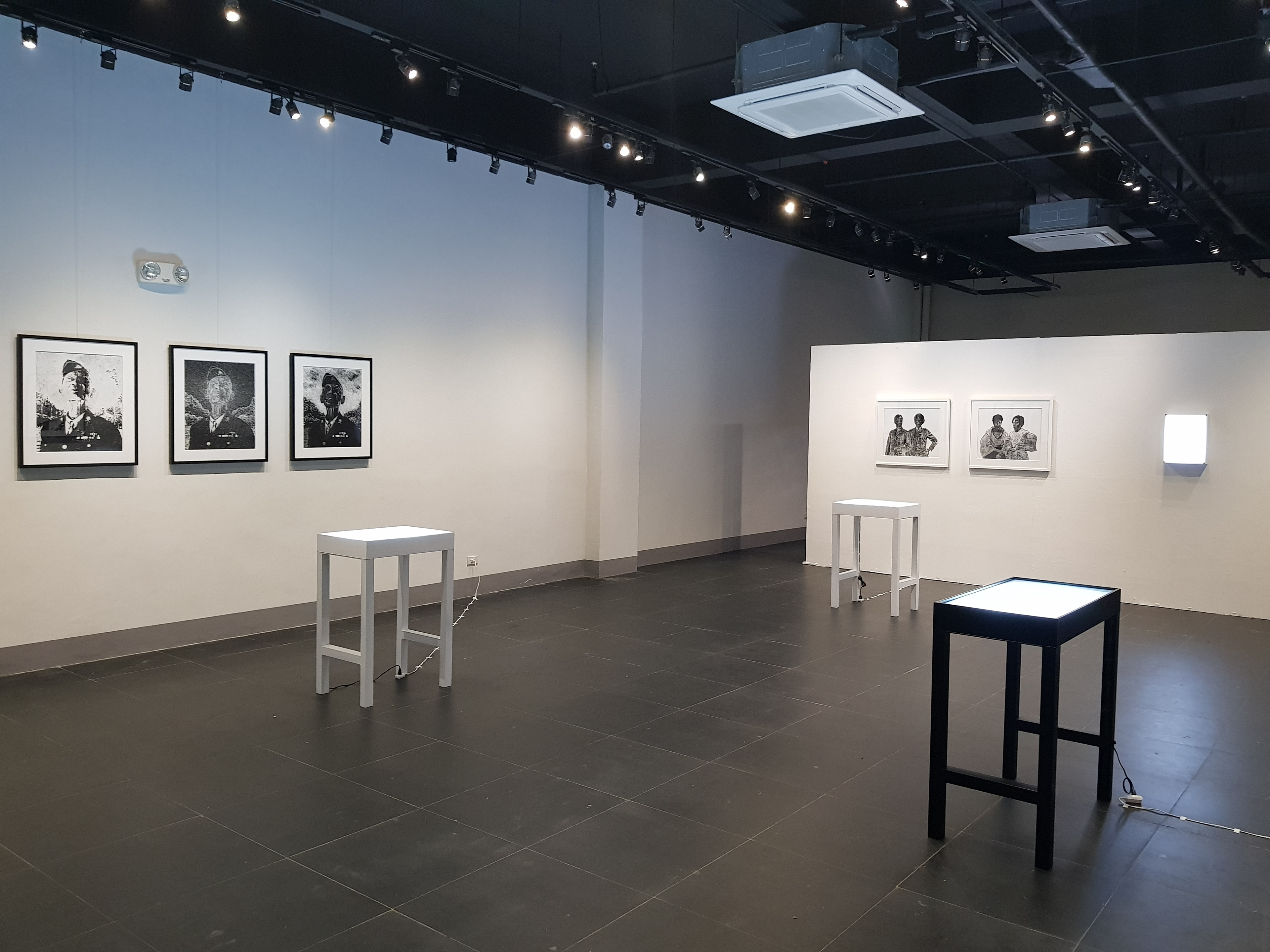
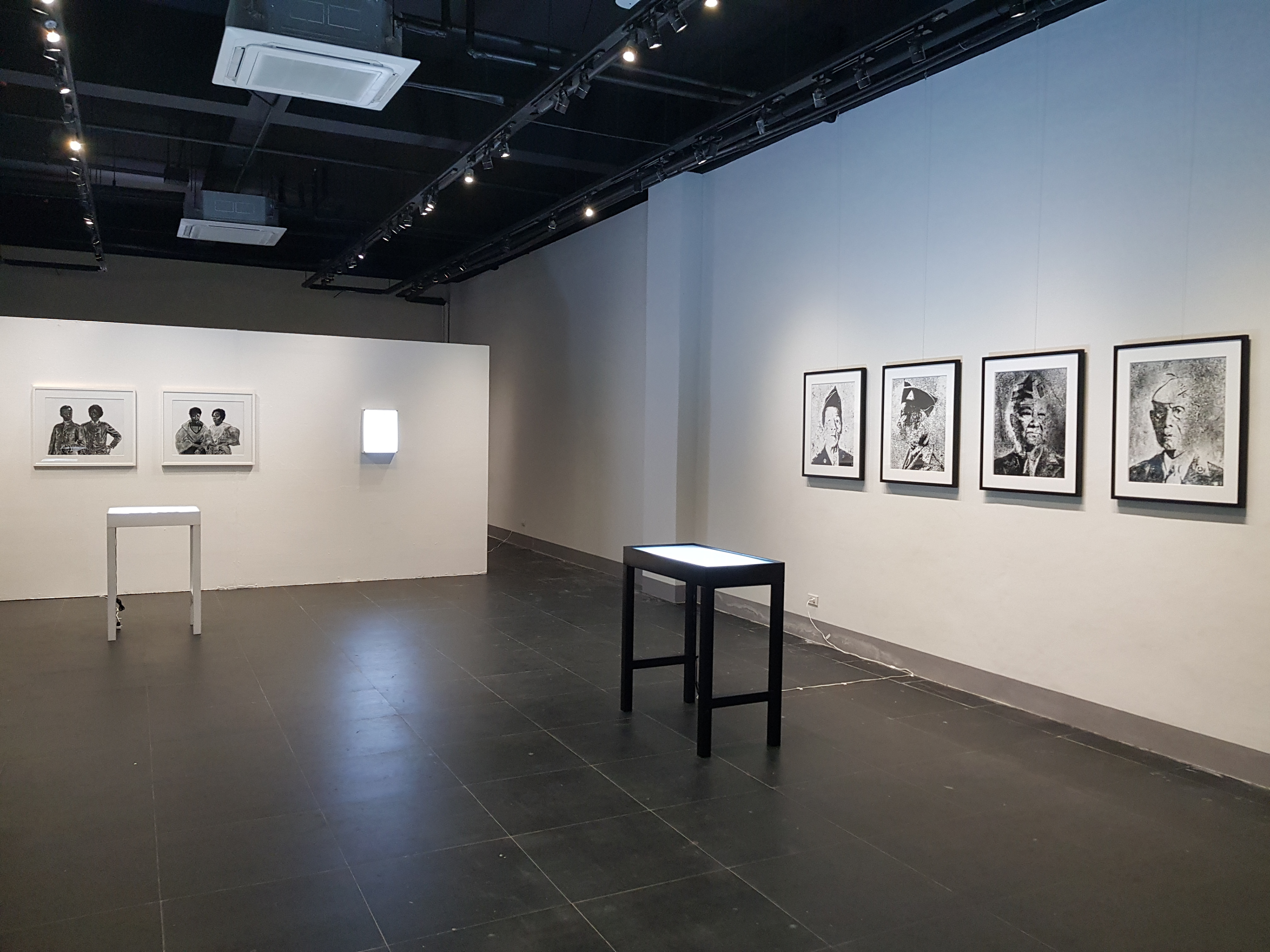
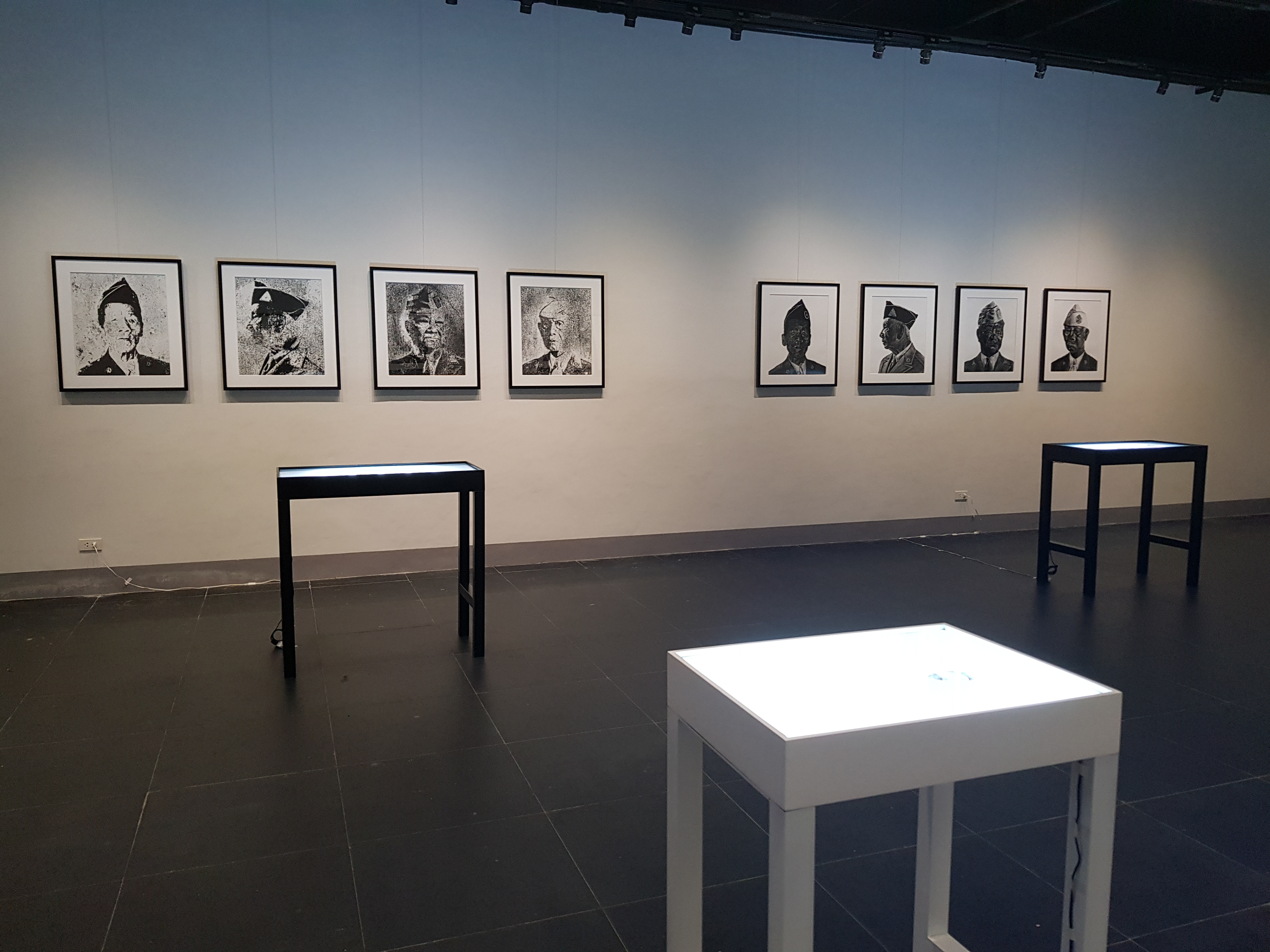
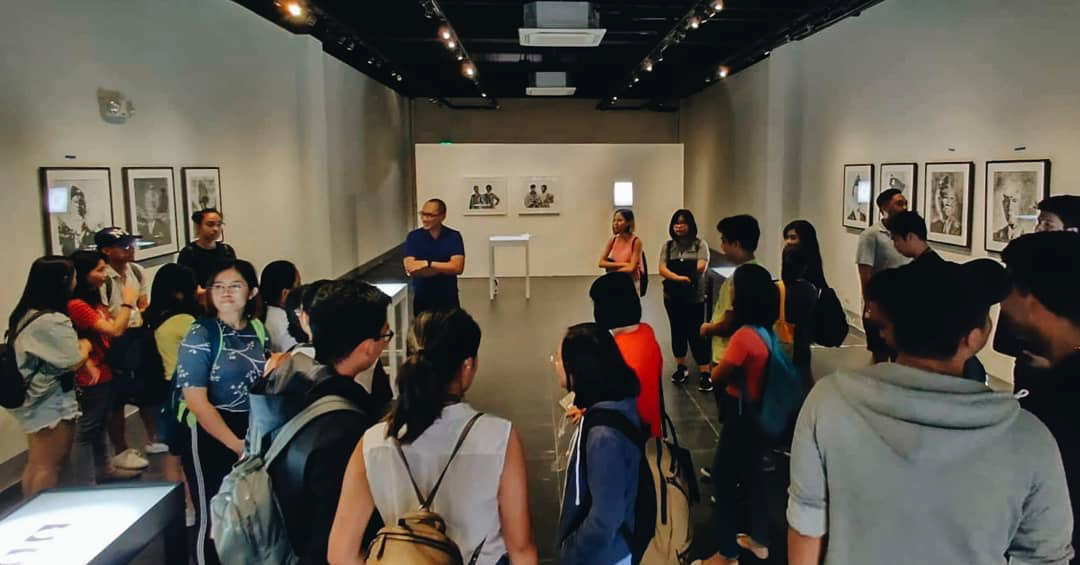
Instead of a camera and lens, the Drawn Negative process enlists drawing and printmaking techniques to create hand-drawn negatives that are taken through a traditional chemical darkroom process to produce silver gelatin prints. The final Drawn Negative image is unique among visual representations because it is simultaneously a photograph and a drawing, it is iconic and indexical at the same time.









